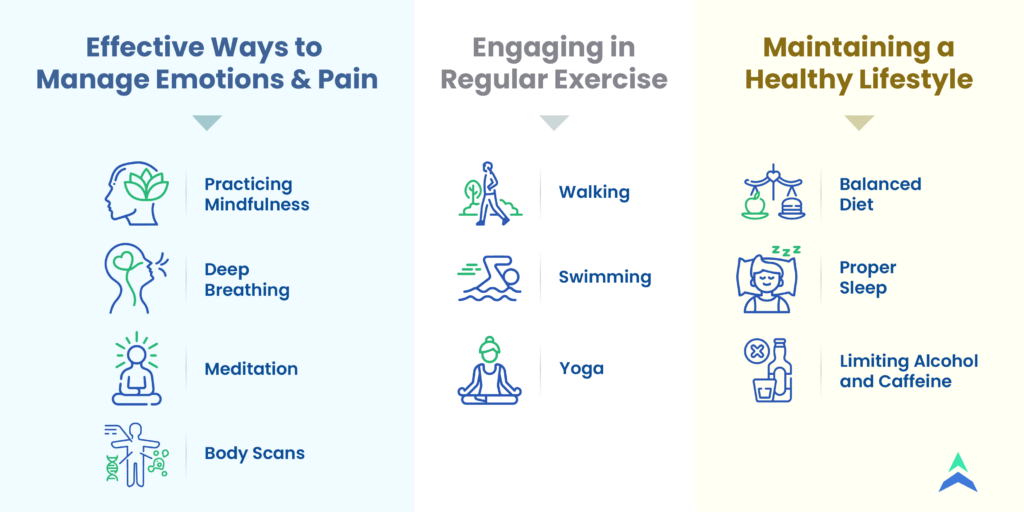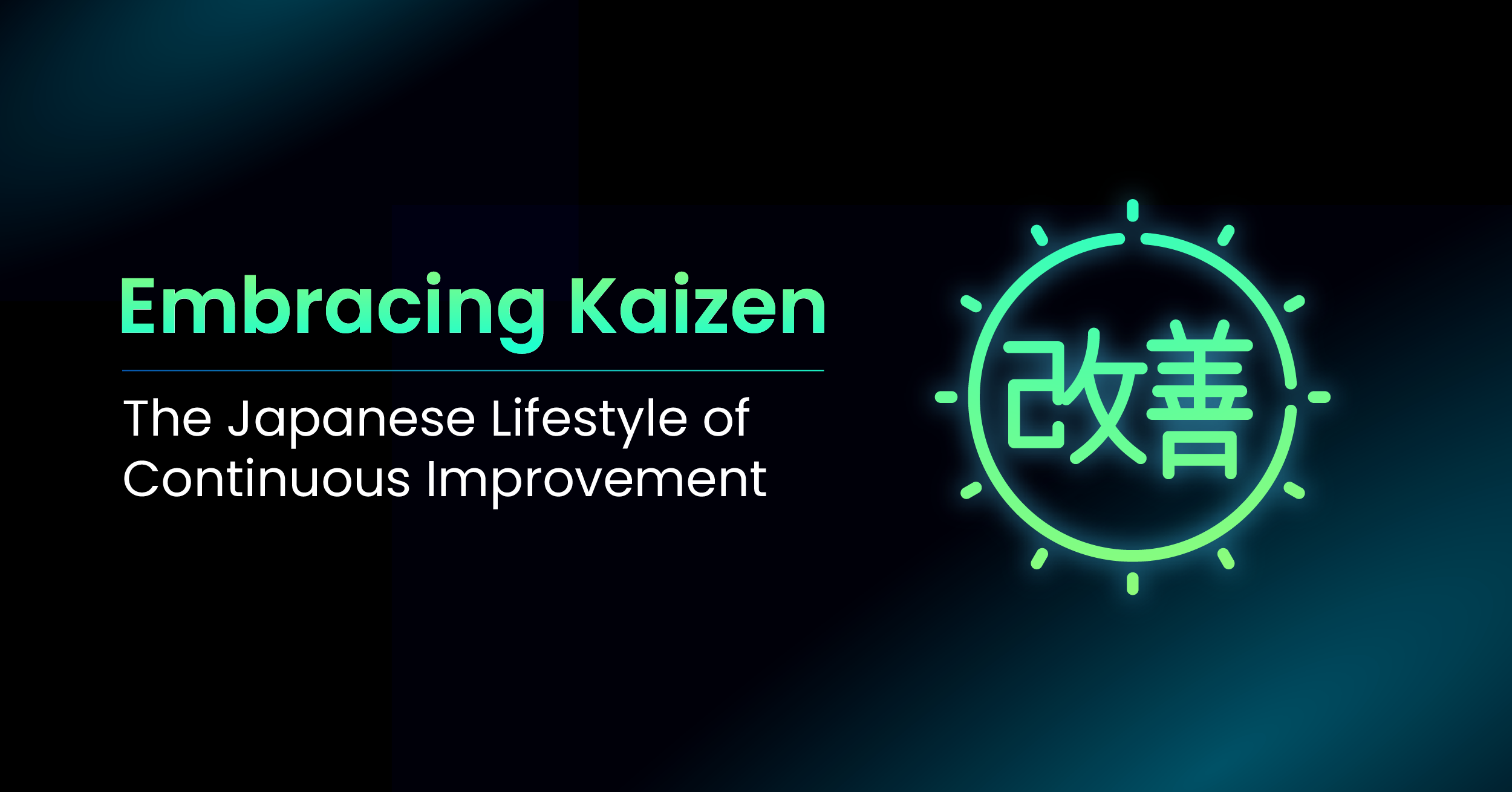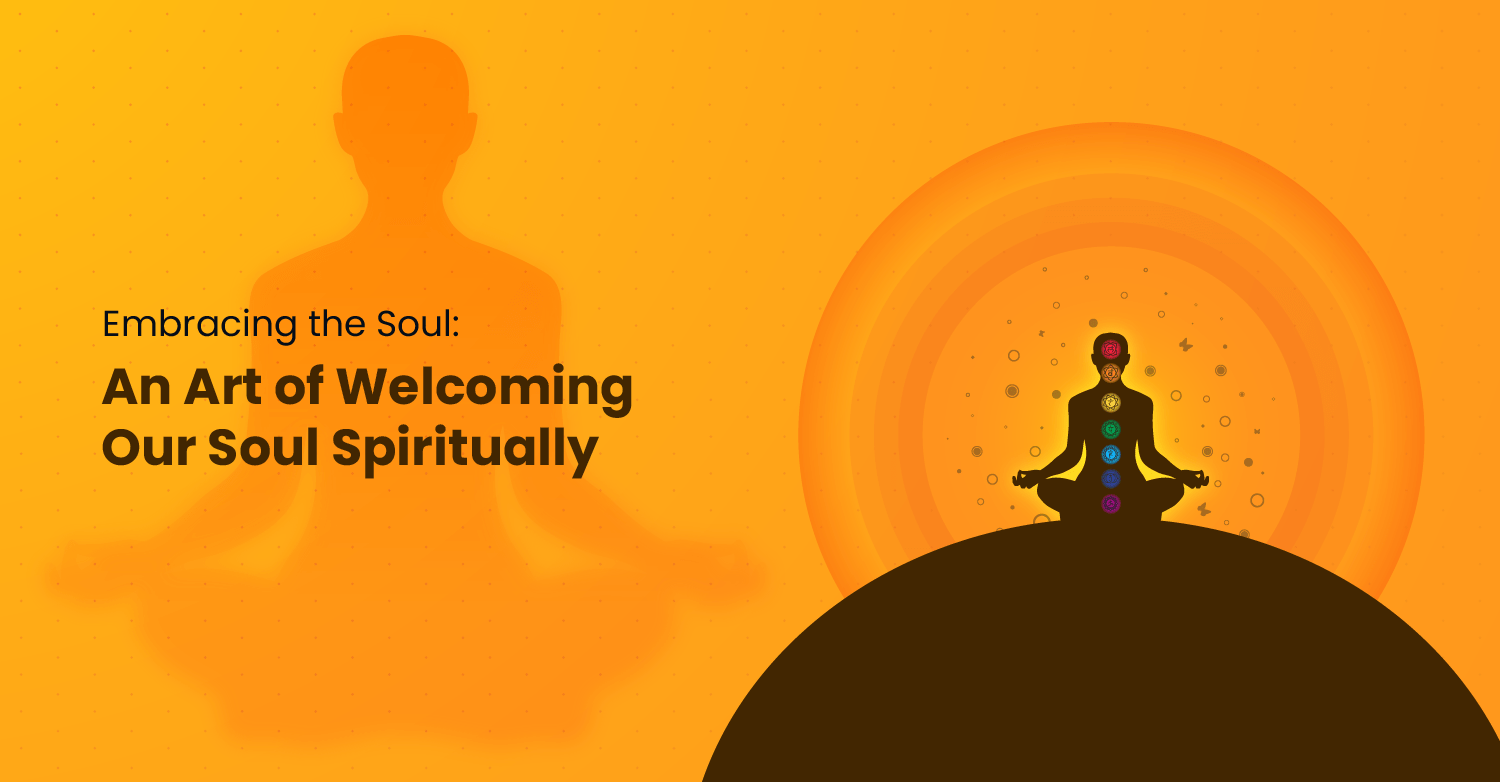Just like a strong foundation supports a tall building, taking care of both our mental and physical health is essential for overall well-being. Several studies show that the way we deal with our emotions can have a direct impact on the amount of pain we feel and our ability to function.
According to the Global Pain Index Report, 2020, conducted across various countries, respondents accepted that when they suffer pain:
- 63% are unable to relax
- 60% get moody
- 61% are less sociable
- 41% feel useless, and
- 36% feel lonely
These stats show how body pain impacts an individual’s emotions.
The relationship between physical, mental and emotional health is interdependent. Not only can our physical health affect our thoughts and emotions, but our thoughts and emotions can also impact our physical health.
Thus, learning effective emotional management techniques is crucial to maintain our overall well-being. By understanding this connection, we can take a holistic approach to health and well-being that addresses the needs of the individual.
How Emotions Manifest in the Body?
Emotions deeply impact our physical bodies. We feel emotions in different parts of our bodies. Sometimes, certain body parts feel more or less active, depending on our thoughts. For example, when we are scared, our heart might beat faster, or when we are sad, our shoulders might feel heavy. For instance, anger is felt in the head or chest, disgust in the mouth and stomach, sadness in the throat and chest, anxiety in the chest and gut, shame in the face and chest, happiness in different parts of the body, and more.
This connection between our emotions and bodies helps us understand ourselves better and can even help us manage our feelings.
How do Physical Pain and Emotional States Influence Each Other?
Understanding the interplay between physical pain and emotional states enables us to take charge of our well-being. By adopting healthy coping strategies, nurturing positive emotions, and prioritizing self-care, we can achieve a more balanced and fulfilling existence.
- Stress Makes Pain Worse: When we feel stressed, our bodies release hormones that make us more sensitive to pain, making it harder to manage.
- Negative Emotions Can Amplify Pain: Feelings of anxiety, depression, or anger can activate the brain’s pain-processing centers, making pain feel more intense.
- Depression and Pain Often Go Together: If someone is depressed, they may feel more pain. Similarly, if someone has chronic pain, they are more likely to be depressed, which can make the pain even worse.
Effective Ways to Manage Emotions and Pain

Do you know our thoughts can control or alleviate the pain and suffering- both mental and physical?
1. Practice Mindfulness/Meditation
- Mindfulness: Mindfulness involves paying attention to the present moment without judgment. Engaging in deep breathing, meditation, and body scans increases awareness of emotions and physical sensations.
- Deep Breathing: Deep breathing can activate the body’s relaxation response, reducing stress and pain.
- Meditation: Meditation can help quiet the mind, enhance emotional regulation, and promote a sense of calm and well-being.
- Body Scans: Perform a body scan by systematically bringing your awareness to each part of your body, from head to toe. Notice any areas of tension, discomfort, or pain without judgment, allowing them to soften and release. Body scans can increase body awareness, reduce muscle tension, and improve pain management.
2. Engage in Regular Exercise
- Regular Exercise: Exercising releases endorphins, natural painkillers, and mood elevators. Aim for at least 30 minutes of moderate-intensity exercise most days of the week to reduce stress, improve mood, and alleviate pain.
- Walking: Take brisk walks outdoors to enjoy the benefits of fresh air, sunlight, and nature. Walking can increase circulation, loosen stiff muscles, and promote relaxation.
- Swimming: Swimming is a low-impact exercise that provides a full-body workout while minimizing joint stress. The buoyancy of water can relieve pressure on the body and reduce pain.
- Yoga: Practicing yoga combines physical postures, breathwork, and meditation to promote flexibility, strength, and relaxation. Yoga can help reduce muscle tension, improve posture, and enhance emotional well-being.
3. Maintain a Healthy Lifestyle
- Healthy lifestyle: It includes balanced nutrition, adequate sleep, and moderation in alcohol and caffeine consumption, which is essential for effectively managing emotions and pain. Proper nutrition provides the body with essential nutrients for energy, mood regulation, and pain management. Aim for a balanced diet rich in fruits, vegetables, whole grains, lean proteins, and healthy fats.
- Prioritize Sleep: Aim for 7-9 hours of quality sleep each night to support physical and emotional health. Poor sleep can increase stress and pain sensitivity, negatively impacting mood and cognitive function.
- Limit Alcohol and Caffeine: Excessive alcohol and caffeine consumption can disrupt sleep, increase anxiety, and worsen pain. Limit alcohol intake to moderate levels and avoid consuming caffeine close to bedtime.
Emotions are the foundation of human experience and are deeply linked to our brain functioning. We must recognize the deep impact of emotions on our body and vice versa and work towards this to promote holistic approaches to wellness.
 All Posts
All Posts

